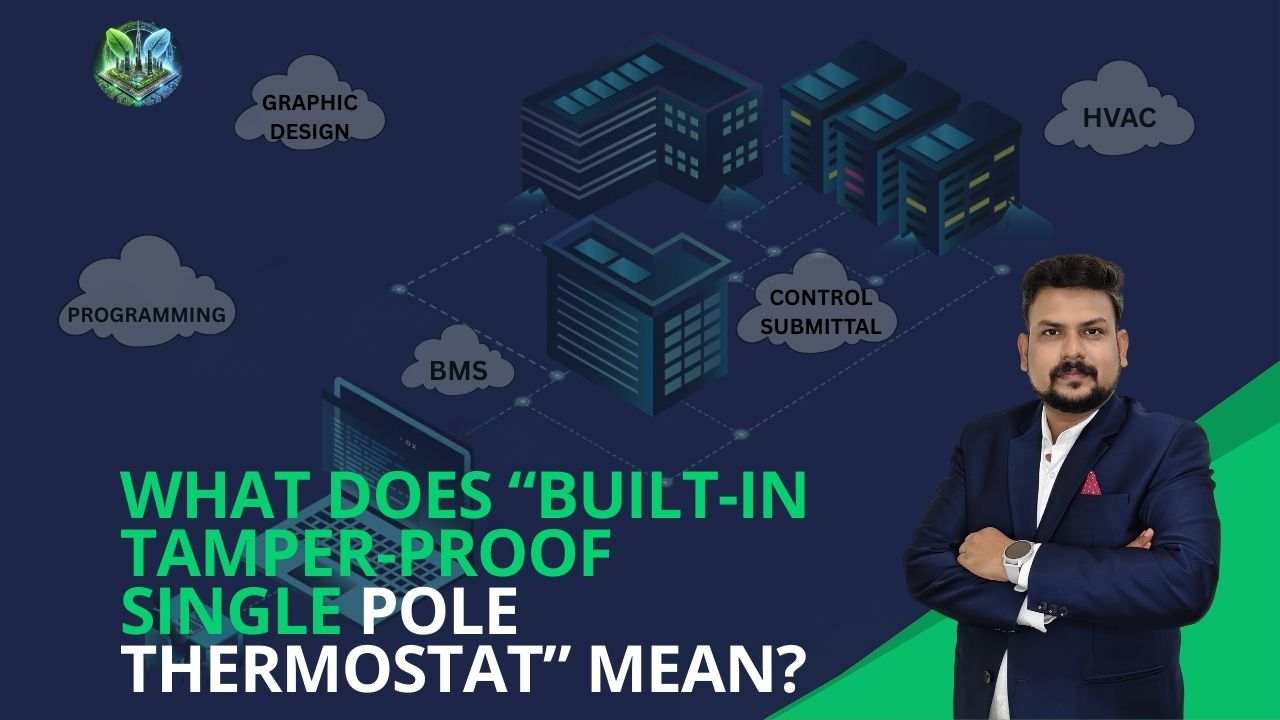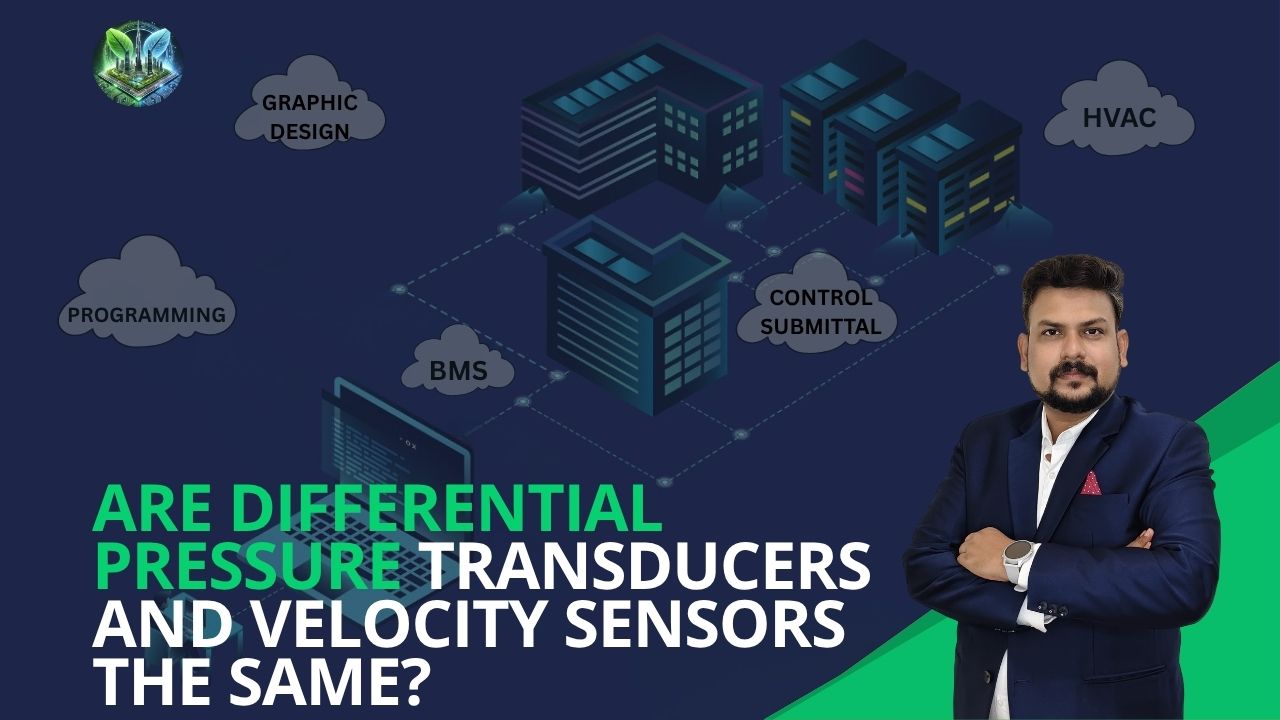.png)
Don't Wait for a Fire Emergency! Here’s How FPS Engineering Saves Lives!
a. Fire Detection Systems
These systems identify fire hazards early, triggering alarms and activating suppression systems.
Smoke Detectors – Detect smoke particles using ionization or photoelectric technology.
Heat Detectors – Trigger alarms based on rising temperatures.
Flame Detectors – Use infrared (IR) or ultraviolet (UV) sensors to detect flames.
Fire Alarm Systems (FAS) – Alert occupants via sounders, sirens, and flashing lights.
Gas Leak Detectors – Essential in hazardous zones (ATEX rated areas) to detect flammable gas leaks.
b. Fire Suppression Systems
These systems control and extinguish fires using different methods:
Water-Based Systems
Sprinkler Systems (NFPA 13, IS 15105, BS EN 12845)
Fire Hydrants and Standpipes (NFPA 14, IS 3844)
Water Mist Systems (NFPA 750)
Gas-Based Systems (For sensitive equipment areas)
FM-200 (HFC-227ea) – Used in data centers, control rooms.
CO₂ Fire Suppression – Used in electrical panels, generators.
Novec 1230 – Non-toxic and eco-friendly alternative.
Foam-Based Systems
Used in petrochemical industries, aircraft hangars.
NFPA 16, IS 15105 compliant.
Dry Chemical and Powder Systems
Suitable for hazardous chemical storage.
NFPA 17, IS 4308 compliant.
Wet Chemical Systems Used in commercial kitchens for grease fires.
NFPA 17A compliant.
c. Fire Prevention Measures
Passive Fire Protection – Fire-rated walls, doors, dampers (NFPA 80).
Emergency Lighting & Signage – Fire exit paths (NFPA 101, IS 1646).
Ventilation & Smoke Control Systems – Smoke exhaust fans (NFPA 92).

.jpg)
.jpg)


.jpg)


.jpg)
.jpg)
.jpg)
.jpg)
.jpg)
.jpg)
.jpg)
.jpg)
.jpg)
.jpg)
.jpg)
.jpg)
.jpg)
.jpg)
.jpg)
.jpg)
.jpg)
.jpg)
.jpg)
.jpg)
.jpg)
.jpg)

.jpg)
.jpg)
.jpg)
.jpg)

.jpg)
.jpg)
.png)
.png)


.png)

.png)
.png)
.png)
.png)
.png)
.png)
.png)
.png)
.png)
.png)
.png)
.png)
.png)
.png)
.png)
.png)
.png)
.png)
.png)
.png)
.jpg)
.png)
